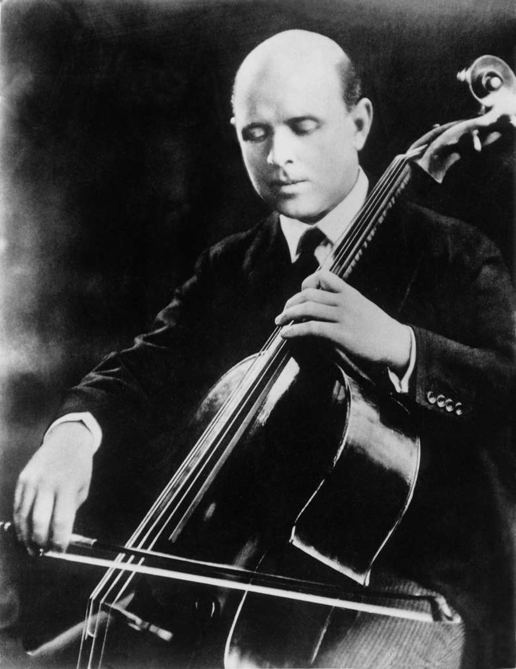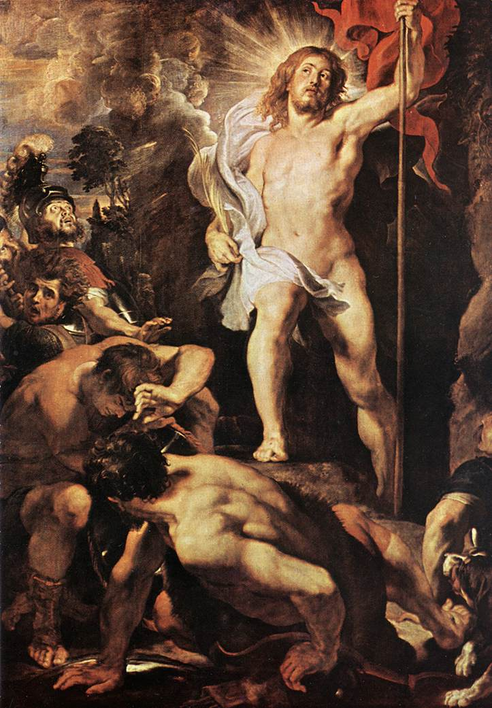Bach’s legendary Cello Suites (BWV 1007-1012), a work loved by generations of people, both musicians and non-musicians, has left a significant stamp on music history.
Although the music is widely known, the work itself does present quite a lot of mysteries, but unlike the violin sonatas and partitas, we don’t have Bach’s original manuscript. Anna Magdalena Bach’s manuscript was long considered as the likely most accurate source, this because it’s one of two copies of the manuscript, the other being by Johann Peter Kellner (an acquaintance of Bach) made in 1726, written between 1727-1731. It is close to the original dates of composition of the suites, this in combination with her being Bach’s second wife, giving her an obviously close connection to the composer. In recent years discussions have been raised, however, as Anna Magdalena Bach was notoriously known for being a rather sloppy copier who wasn't very accurate with slurs and articulations, as can be seen in her copy of the violin sonatas and partitas. However, throughout all 4 existing copies of the manuscripts, there are many inconsistencies in articulation, slurring and even notes in some cases, making it impossible to assemble a version even remotely close to what might have been Bach’s original manuscript. All this provides us on one hand with a lot of questions about the slurs and phrasing Bach had in mind for the music, but on the other hand can also be seen as a source of freedom of inspiration. For this reason, this is one of the works with countless recordings with wildly different interpretations.
It is assumed that Bach wrote the cello suites around 1720 while working in Cöthen. Their composition is believed to have followed the creation of the Brandenburg Concertos, which would be a logical connection as those can be seen as the first time Bach dabbled in solo performance of instruments that in those times were believed to be better suited in the background such as the cello. Each of the concertos features solos of a different instrument.
Although Mendelssohn started a true revival of Bach’s music when discovering the St. Matthew Passion, it was not until Pablo Casals (1876-1973) found an old copy of the suites in a second hand music shop in Barcelona, that the suites would gain recognition.
The cello suites are a work which in several ways is believed to have a strong connection to Bach’s religious convictions. With each Suite, the simplicity, of mainly open strings in the first three suites, evolves into more and more virtuosity. When reaching the final 6th suite we can even see it originally requires a fifth string, as it was probably written for a viola pomposa or cello piccolo. This fifth string, which lies a fifth above the A string, has some symbolism to it, as it’s believed the purpose of the string was to make the instrument ascend to heaven.1 Next to the matter of the extra string, we also notice that the further along in the suites we are, the more the register of the instrument that’s being used opens up, which could again refer to an attempt to touch heaven.
When seeing the suites transform from simple to virtuoso, we also see Bach develop his skills into making the cello go from an accompanying instrument to a true solo instrument. His personal development in writing for the violoncello as a solo instrument throughout the 6 Suites, also had a great influence on the development of the cello’s role as a solo instrument in history.
An interesting take on interpreting these Suites is one I found when discovering cellist Steven Isserlis’ recording. Isserlis made the decision to view them not merely as dance suites but rather as a complete expressive journey, naming them, the ‘Mystery Suites’.2 For him this meant drawing a religious parallel between the suites and the life of Christ, going from nativity (in Suite No.1) to the agony in the garden (No.2), followed by the descent of the Holy Spirit (No.3), the Presentation in the Temple (No.4), the Crucifixion (No.5) and ending with the Resurrection (No.6). Although there is no proof of this being Bach’s expressive intentions, knowing of Bach’s religious background and the meaning of the fifth string in the final suite, it’s not an unlikely way to perceive the suites. The unusual interpretation is also tied together by having the stories align perfectly with the tonalities, such as the darkness of the crucifixion in the 5th suite and the light virtuoso character of the resurrection, bringing us back to the ascent to heaven, in the final suite.
In my personal performance of this specific 6th Cello Suite, my aim is to work more with the idea of a religious connection, always keeping in mind this 5th string ascending to heaven, even though I’m playing the music on four strings. Isserlis’ idea of viewing this as the Resurrection Suite is an interpretation and a story I will also try to incorporate in my playing. I will do this by trying to exaggerate the more joyful as well as the more introverted and heavenly elements in the movements, expressing the whole emotional journey of Christ as well as the people of the time experiencing his resurrection.
[1] “Cello Suite No. 6 in D Major – Bach.” www.bachvereniging.nl/en/bwv/bwv-1012.
[2] Gardner, Charlotte. “Johann Sebastian Bach - Cello Suites (Steven Isserlis) Review.” 2007. www.bbc.co.uk/music/reviews/m6rg.

